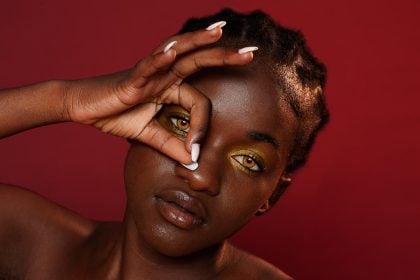Cultural diversity profoundly influences fashion trends by introducing a rich variety of styles, patterns, and aesthetics. As designers draw inspiration from different cultures, fashion becomes a canvas for celebrating diversity and fostering inclusivity.
The global nature of fashion today means that trends are no longer confined to specific regions. Designers are incorporating elements from various cultures, creating hybrid styles that appeal to a broader audience. This cultural exchange is not only enriching fashion but also breaking down barriers and promoting understanding.
Fashion is the armor to survive the reality of everyday life.
Bill Cunningham
Fashion enthusiasts seek unique and meaningful styles that reflect their personal identities and cultural backgrounds. This trend has led to a resurgence of traditional garments and artisanal techniques, blending them with contemporary fashion to create something entirely new and exciting.
The Influence of Globalization
Globalization has a significant impact on fashion trends. With easier access to information and increased travel, people are more exposed to different cultures. This exposure influences their fashion choices, encouraging designers to create collections that reflect a blend of global influences.

Without this cross-cultural exchange, fashion would become stagnant. Designers constantly look to different parts of the world for fresh ideas and unique perspectives. This exchange fosters innovation and creativity, pushing the boundaries of traditional fashion.
Fashion is more than just clothing; it’s a reflection of society. As our world becomes more interconnected, the fusion of different cultural elements in fashion becomes a powerful symbol of unity and diversity.
Brands and designers who embrace cultural diversity are not only setting trends but also promoting a more inclusive and accepting world. This approach resonates with consumers who value authenticity and cultural heritage.
The fashion industry has a unique opportunity to lead by example. By celebrating cultural diversity, fashion can play a significant role in bridging cultural gaps and fostering mutual respect and appreciation.
Using a mix of traditional and contemporary elements, designers create collections that are both innovative and rooted in cultural heritage. This approach ensures that fashion remains dynamic and relevant.
Creating a Global Fashion Identity
In design, rhythm is created by simply repeating elements in predictable patterns. This repetition is a natural thing that occurs everywhere in our world. As people, we are driven everyday by predictable, timed events.

One of the best ways to use repetition and rhythm in web design is in the site’s navigation menu. A consistent, easy-to-follow pattern—in color, layout, etc. Gives users an intuitive roadmap to everything you want to share on your site.
Rhythm also factors into the layout of content. For example, you “might have” blog articles, press releases, and events each follow their own certain layout pattern.
Elements that can help website visual composition
Nobody enjoys looking at an ugly web page. Garish colors, cluttered images and distracting animation can all turn customers “off” and send them shopping “somewhere else”. Basic composition rules to create more effective:
The size and position of elements in a composition will determine its balance. An unbalanced design generates tension, which may be the goal in many design projects, but for web apps that demand repeated comfortable use, tension is not a desirable trait.
Diving into UX and UI design
UX and UI: Two terms that are often used interchangeably, but actually mean very different things. So what exactly is the difference?
Styles come and go. Good design is a language, not a style.
Massimo Vignelli
UX design refers to the term “user experience design”, while UI stands for “user interface design”. Both elements are crucial to a product and work closely together. But despite their relationship, the roles themselves are quite different.
Ensure that interactive elements are easy to identify
Good design guides the user by communicating purpose and priority. For that reason, every part of the design should be based on an “informed decision” rather than an arbitrary result of personal taste or the current trend.

Provide distinct styles for interactive elements, such as links and buttons, to make them easy to identify. For example, “change the appearance of the link” on mouse hover, “keyboard focus”, and “touch-screen activation”.
Breaking down the barriers
Design is not the end-all solution to all of the world’s problems — but with the right thinking and application, it can definitely be a good beginning to start tackling them.













